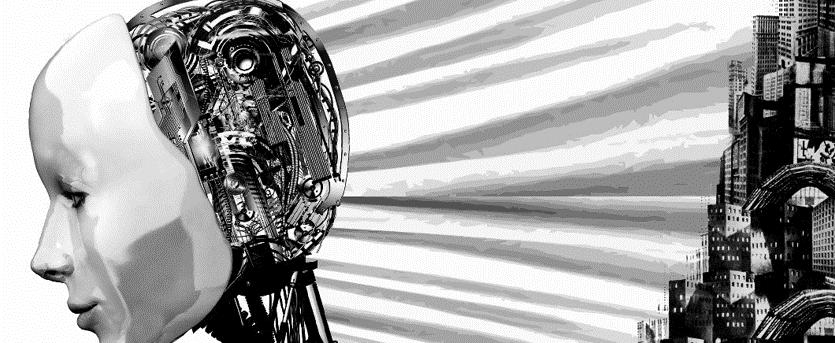The artificial intelligence revolution has already begun…
Many industries hold simultaneously a fear and a skepticism about how artificial intelligence may dominate their field. AI has already begun its inquisition into the workplace in the form of artificial narrow intelligence, or ANI. This is the type of technology you already use or encounter every day like a calculator, voice-to-text, and facial recognition software. ANI is superhuman, but only at one task—you could never beat a calculator at arithmetic, but that calculator could not even begin to challenge you at tic-tac-toe. Industries like automobile assembly and textiles have felt the efficient but callous touch of ANI and machines. The architecture field holds few fears about ANI, but the true concern is the next step in artificial intelligence called artificial general intelligence. AGI is equivalent in power and capability to the human brain, and what is scarier still is that electrical circuits operate at about one million times the speed of our biological ones, which implies that an AGI could accomplish about 20,000 years of human progress in one week. . . If an AGI began working as a professional architect, it could very likely generate a beautiful design and construction drawings in the space of a few minutes. At this point, a human architect may become a commodity, where a client wants a building to be designed by a person for the sympathetic connection of it, and human-designed architecture becomes a luxury service.
To look at a less gloomy spot of sky of this forecast, sustainable design solutions will be quickly solved and the rate of resource consumption will drop. Existing strategies for architectural sustainability will be optimized and solutions we have yet to consider will be thought up by AGI. Upon the introduction of AGI into the world (of architecture), as time passes, fewer resources will be used, paradoxically. Low-income housing will be easier and less expensive to build. We will have machines that design the machines that will lurch us into an era of low carbon contribution—passive houses and carbon negative buildings will become the new standard, while our current buildings fall into antiquity.
But all this is not for some time, and creative professions will endure the longest against the encroachment of AI into the many professions. As it currently stands, architects are safe. Hopefully humans will collaborate with AGI in order to accomplish even greater, more monumental designs.
– A guest post from a Coates Design architect

